What is Artificial Intelligence in Simple Words – Know AI Revolution
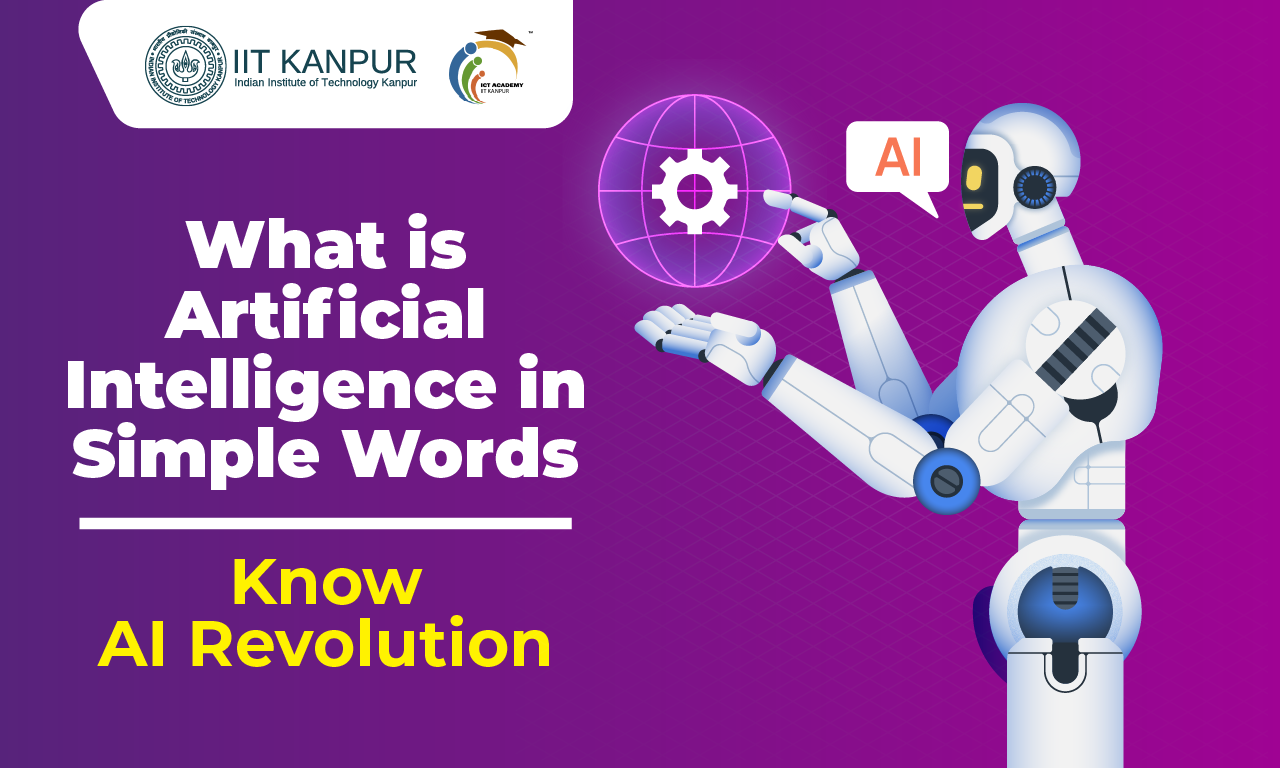
AI is all around us, changing how we interact with technology.
What makes this technology special is its ability to get better with time. With the knowledge base given to them, they can learn the patterns in the dataset provided and improve without needing constant human guidance. AI technology is revolutionizing industries, from robotics to cybersecurity, and its impact is only growing.
This article will explore the field of artificial intelligence, including its origin, different forms, applications, advantages as well as disadvantages, and finally, its subsets.
What is Artificial Intelligence and Machine Learning?
Artificial intelligence (AI) refers to the ability of machines and systems to act on the given environmental inputs by imitating the human mind’s ability to make decisions. AI is used as the “brains” behind things like voice assistants, recommendation systems used in platforms like YouTube, or even the systems in self-driving cars.
Artificial intelligence helps the system to carry out tasks that would otherwise require human intelligence by combining the database and knowledge base and training a model on that database, which gives it the ability to act on similar data/inputs without human intervention. Artificial Intelligence is not a separate topic but a field that delves deeper into topics like machine learning, deep learning, etc. which helps us better understand this field and helps us make models that can easily automate tasks that would otherwise need human supervision to run.
These branches of artificial intelligence enhance our understanding of AI and provide us with the necessary resources to create models that increase efficiency and optimize workflows, freeing humans for strategic tasks.
Advanced AI Machine Learning Course – Enroll Today!!
The Evolution of AI
The field of AI formally began in mid-20th century, however the concept of building intelligent robots predates this by a great deal. The term “Artificial Intelligence” was first used in a formal context in 1956 at a now-famous conference held at Dartmouth College. The early proponents of AI focused on building devices that could perform simple tasks like basic math operations and chess games. Though development was sluggish because of the limited computing power, it was exciting.
In the 1970s and 80s, scientists created computer algorithms that could simulate human decision-making in industries like business, healthcare, etc. But expectations frequently exceeded reality, resulting in depressing times known as “AI winters,” during which time interest and financing declined. With the advent of big data, better processors, and machine learning in the 2000s, everything changed. AI is developing quickly these days, changing everything and it’s obvious that we have only begun to explore its possibilities.
Advantages of AI
The evolution of AI brought upon various applications for this technology, but here are the key artificial intelligence advantages:
- Accuracy: AI systems, especially in fields like healthcare and engineering, can often make precise decisions and predictions based on large datasets provided to them, which helps minimize human error.
- Automation: AI can automate repetitive and mundane tasks, allowing us to focus on more creative or complex work. This leads to higher productivity in various industries.
- Cost Efficiency: By automating processes and reducing the need for human labor in certain areas, AI can help organizations save on operational costs.
Disadvantages of AI
With the growth of AI came several challenges in its development and uses. Here are the top artificial intelligence disadvantages:
- Privacy Concerns: Gathering and utilizing big datasets presents serious privacy challenges. Users may be uninformed of how their data is used or may not have given informed consent. It’s a fine line to preserve personal privacy while using data to enhance AI.
- Variance and Deviation: It shows how much the actual results vary from the predictions made by the model used to analyze the provided dataset. Large variances and errors can mean that the model might be underfitting or overfitting.
- Security Risks: Malevolent actors may attempt to trick AI systems by manipulating inputs through adversarial assaults. A major problem is making sure AI applications are reliable and secure.
Different Forms of Artificial Intelligence
Narrow and general artificial intelligence (AI) are the two primary subtypes of AI, let us briefly discuss both.
Nowadays we mostly meet Narrow AI, also called Weak AI. It is made to do certain jobs, frequently better than human beings, such as facial recognition, language translation, and Spotify music recommendation. Narrow AI merely uses algorithms to carry out specific tasks; it lacks consciousness or mindfulness. Among the best examples are voice assistants, such as Siri or Google Assistant, which are very effective within the constraints of their design but incapable of thinking or acting outside of it.
General AI, also known as Strong A, describes machines that can learn, comprehend, and apply intelligence to various activities in a manner akin to human cognition. Without human help, general artificial intelligence would be able to reason, solve complicated puzzles, and adjust to changing circumstances. We haven’t yet created machines that can think and reason like humans, so this form of AI is still theoretical.
Applications
Artificial intelligence alters how our approach to a problem, thus inspiring innovations in a variety of fields.
- Through the analysis of patient data and medical imaging, AI systems in healthcare help diagnose diseases, resulting in quicker and more accurate diagnoses.
- Algorithms in finance help with risk assessment and fraud detection, making customer transactions safer.
- AI personalizes user experiences by making product, movie, and song recommendations based on personal tastes.
- Companies can deploy chatbots to improve customer service and inventory management.
Subsets of AI
Machine Learning
Machine learning, a subset of artificial intelligence that allows machines to learn from data and gradually improve performance, is the foundation of artificial intelligence. It utilizes large datasets to train, validate, and test the model and the algorithm. This enables the model to recognize patterns and make predictions. It is used in products like Roomba or Google Maps.
It allows the model to get the environmental data from the sensors, and utilize the data to make actions using the actuators.
Deep Learning
Deep-learning is a subset of both Machine Learning and Artificial Intelligence. It utilizes Neural networks which is another essential part of AI. Layers of interconnected nodes, or “neurons,” make up these networks, which process information in a manner akin to human thought.
Artificial Intelligence: Courses
There is a large array of AI courses that anyone can opt to enhance their skills. When considering to enrol in such courses, it’s important to consider the following:
- Artificial intelligence course fees
- Artificial intelligence course eligibility
Each course typically specifies its intended audience, with some aimed at professionals or advanced learners, and others designed for novices.
Championing Growth in the World Using AI
AI is driving substantial changes around the world. A broad spectrum of sectors, including finance, healthcare, education, and transportation, are being propelled by AI toward innovation.
We must become aware of the moral ramifications of these advances even as we welcome them. The collaboration among the general public and the service and product sector will be essential to move forward as the AI revolution advances. Together, we can build a future where artificial intelligence helps level the playing field while also enhancing human talents.
If you’re interested in learning about the expansive realm of artificial intelligence, then a Machine Learning and Artificial Intelligence course would be a good start to gather insightful information and skills useful for life.
Recommended Courses

Advanced Certificate Program in AI for Leaders

AI & Digital Transformation
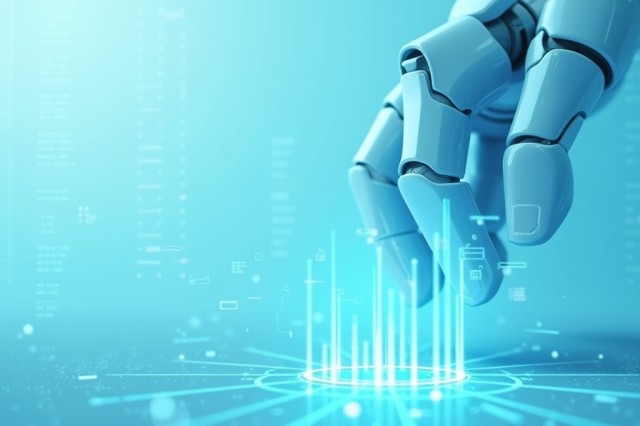
AI for Managers

AI Manager Program
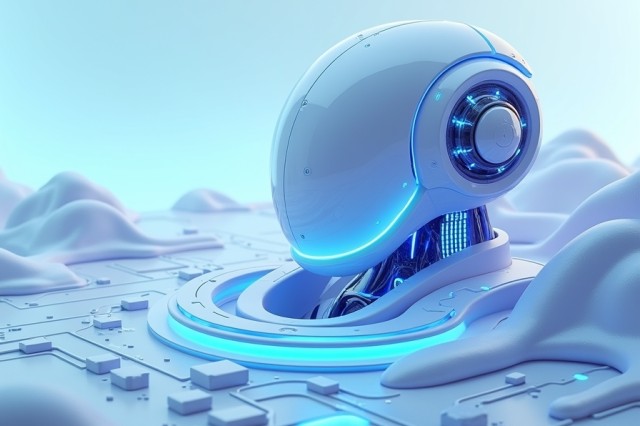
Artificial Intelligence

Deep Learning with Generative AI for Computer Vision
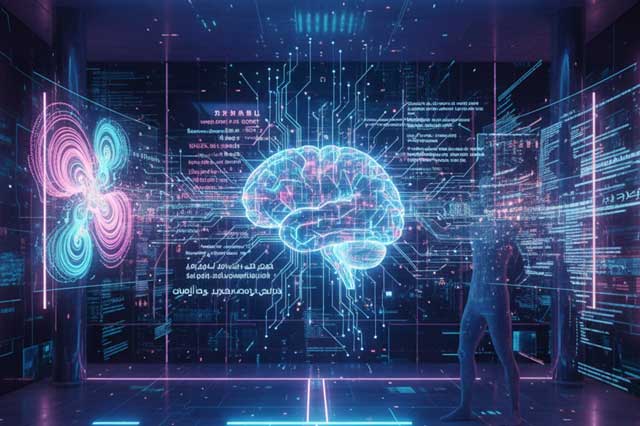
Generative AI
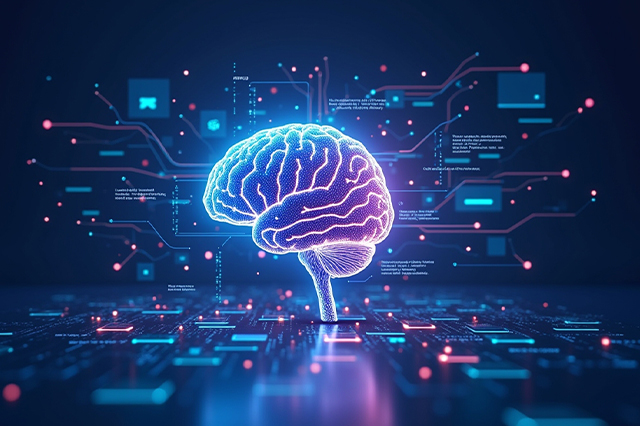
Generative AI – 2-Day Offline Workshop
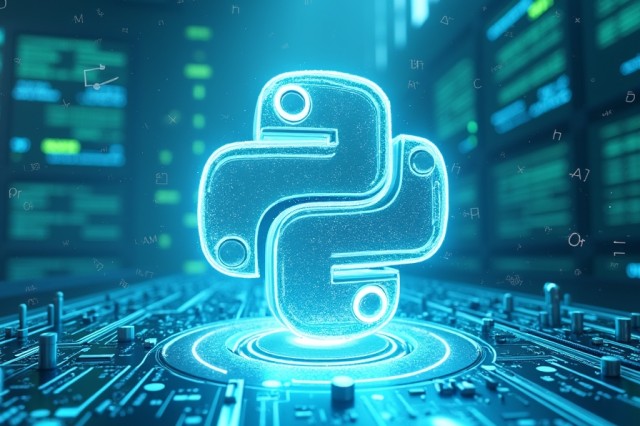
Machine Learning with Python

Professional Certificate Course in Generative AI and Machine Learning
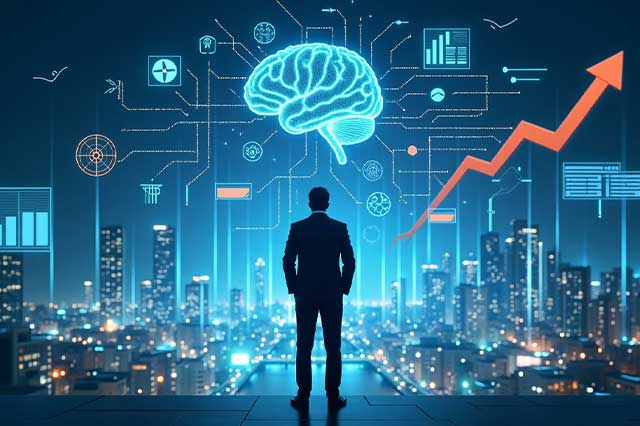
Professional Certificate Program in Leadership with AI



